The reliability test is a general term for tests to improve or confirm the reliability of products, devices, and parts.
Automobiles and their components are products that require high quality system management. Quality assurance and reliability have been developed for the same purpose. Reliability can be said to be at the heart of modern quality assurance.
The purpose of the reliability test:
1) to improve the design for the development of new products and to find their weaknesses;
2) Design task book for confirming products and parts;
3) To accept products and ensure product quality;
4) In order to review the reliability test such as the quality of the manufacturing process, the working conditions, that is, the loading method, environmental conditions and test time must be considered.
The reliability test is based on the different purposes of each stage of product development and production to develop its test methods and content. There are also different ways to classify reliability tests. According to the nature of the test, the reliability test can be divided into: life test, critical test, environmental test and use test.
1) Life test:
Life test generally uses bench test and test field test. In order to shorten the test period, an accelerated life test is generally used. The accelerated life test of the gantry in the laboratory is easy to obtain good test results due to stable test conditions. There are destructive tests and non-destructive tests in the bench life test. A destructive test involves investing a certain number of samples in a life test under specified conditions to record the time at which the sample has failed. These failure times are the basis for statistical analysis of life. The non-destructive test is generally a reliability test on small parts and high-priced important parts, and the timing censoring test is generally used.
2) Critical test
During the use of the car, some components will encounter the maximum stress, so to ensure its safety, it should also be tested. In order to further find the weakness as a safety component, a mandatory failure test is carried out, and destructive stress is applied to ensure sufficient strength when the maximum stress occurs in actual use. For example, sharp turns, emergency braking, quick start, etc., seem to be very harsh under normal use conditions and are generally considered to be possible in actual use, and thus it is used to confirm the reliability test.
3) Environmental test vehicles As an international commodity, the output location is expanding. Therefore, it is required to carry out use tests that are not available in domestic environmental conditions, such as salt damage, temperature resistance, and corrosion resistance tests.
The environmental conditions for storing cars in the market often change, so how to master and formulate measures to ensure the reliability of cars and parts is also a very important task in the future.
Automobiles and their components are products that require high quality system management. Quality assurance and reliability have been developed for the same purpose. Reliability can be said to be at the heart of modern quality assurance.
The purpose of the reliability test:
1) to improve the design for the development of new products and to find their weaknesses;
2) Design task book for confirming products and parts;
3) To accept products and ensure product quality;
4) In order to review the reliability test such as the quality of the manufacturing process, the working conditions, that is, the loading method, environmental conditions and test time must be considered.
The reliability test is based on the different purposes of each stage of product development and production to develop its test methods and content. There are also different ways to classify reliability tests. According to the nature of the test, the reliability test can be divided into: life test, critical test, environmental test and use test.
1) Life test:
Life test generally uses bench test and test field test. In order to shorten the test period, an accelerated life test is generally used. The accelerated life test of the gantry in the laboratory is easy to obtain good test results due to stable test conditions. There are destructive tests and non-destructive tests in the bench life test. A destructive test involves investing a certain number of samples in a life test under specified conditions to record the time at which the sample has failed. These failure times are the basis for statistical analysis of life. The non-destructive test is generally a reliability test on small parts and high-priced important parts, and the timing censoring test is generally used.
2) Critical test
During the use of the car, some components will encounter the maximum stress, so to ensure its safety, it should also be tested. In order to further find the weakness as a safety component, a mandatory failure test is carried out, and destructive stress is applied to ensure sufficient strength when the maximum stress occurs in actual use. For example, sharp turns, emergency braking, quick start, etc., seem to be very harsh under normal use conditions and are generally considered to be possible in actual use, and thus it is used to confirm the reliability test.
3) Environmental test vehicles As an international commodity, the output location is expanding. Therefore, it is required to carry out use tests that are not available in domestic environmental conditions, such as salt damage, temperature resistance, and corrosion resistance tests.
The environmental conditions for storing cars in the market often change, so how to master and formulate measures to ensure the reliability of cars and parts is also a very important task in the future.










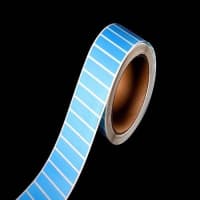
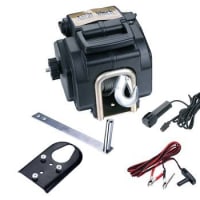

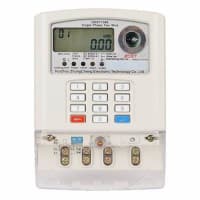
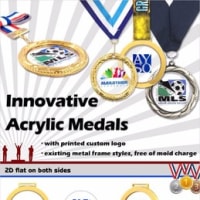
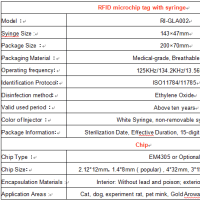



※コメント投稿者のブログIDはブログ作成者のみに通知されます